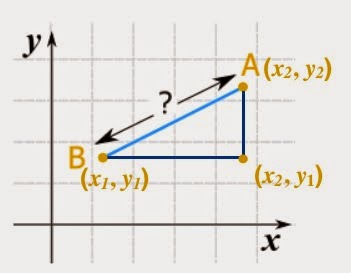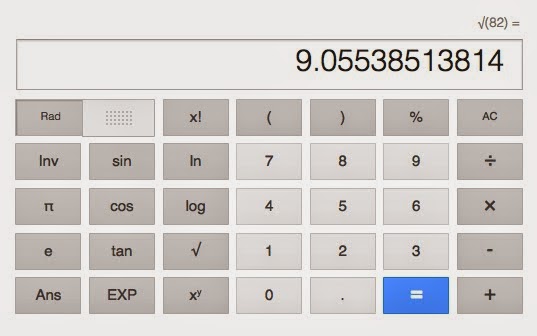Today we learned about
Rational Numbers and the subsets that are included. We created a Venn Diagram of the
Real Numbers and focused on those Rational Numbers. Real Numbers are the numbers we work with in math: ANY number you can think of is a real number! In other words, they are any and all of the numbers that we can put on a number line.
As you can see below, the universe of Real Numbers has exactly 2 subsets:
Rational and
Irrational.
Every number is either Rational or Irrational- it's either/or. A number can't be both.
Rational Numbers are described as any number that CAN BE represented as a fraction. So, 0.5 is rational because it can be represented as
5/
10, or
1/
2 simplified.
Inside the Rational Numbers we find
Integers. These are all of the positive whole numbers, negative whole numbers, and 0 (since 0 is neither positive nor negative!). There are no decimals and no fractions in the Integer subset. Integers are often represented in
set notation, like this:
{… -5, -4, -3, -2, -1, 0, 1, 2, 3, 4, 5, …}
Inside the Intergers, we find
Whole Numbers. These are all the NON-NEGATIVE Integers. But doesn't that mean the same things as Positive Whole Numbers? Almost, except when we say Positive Whole Numbers, that doesn't include 0, and 0 is a Whole Number! Here's what that set would like like:
{0, 1, 2, 3, 4, 5, …}
Finally, inside the Whole Numbers we find the
Natural Numbers. These are also commonly called Counting Numbers, because these are the numbers we learned when we learned to count! The ONLY difference between Whole Numbers and Natural Numbers is the number 0; zero is a Whole Number, but it is NOT a Natural Number! So that set looks like this:
{1, 2, 3, 4, 5, …}
Lastly, we talked about those numbers that aren't Rational: The Irrational Numbers. These are numbers that CANNOT be represented as a fraction- they are decimals that
never repeat and
never terminate. Probably the most famous Irrational Number is Pi (
π) as it goes on and on forever (non-terminating) and it never repeats (non-repeating). Other Irrational Numbers are found by taking the square root of numbers that are not perfect squares:
√17= 4.12310562... this is a non-repeating, non-terminating decimal, so we cannot represent it as a fraction and it is irrational.
After we defined each of these sets, we took several values and placed them in the correct subset, as seen below.
If you have ANY questions, please make sure you ask as this is brand new, and it important to have a good understanding of this concept!
Click here for tonight's homework







































